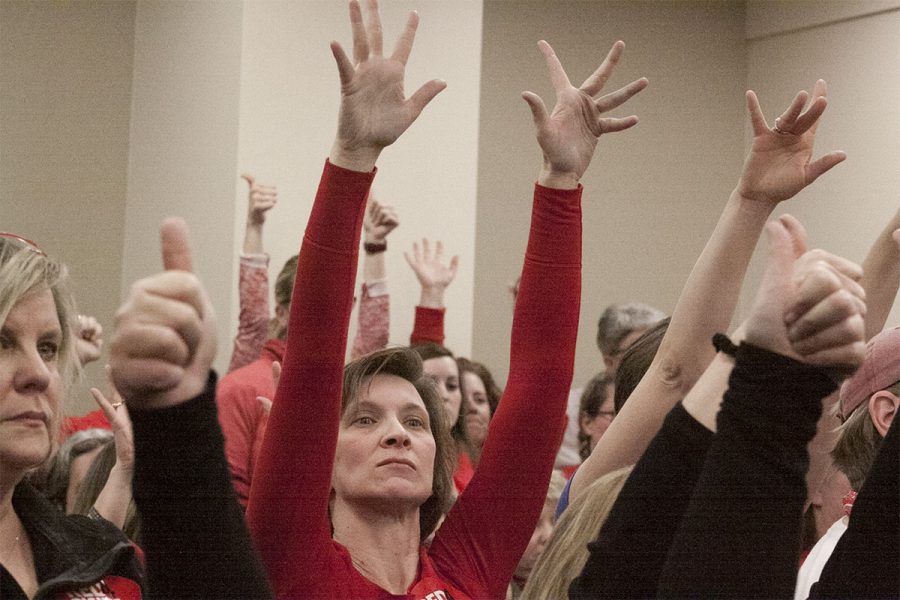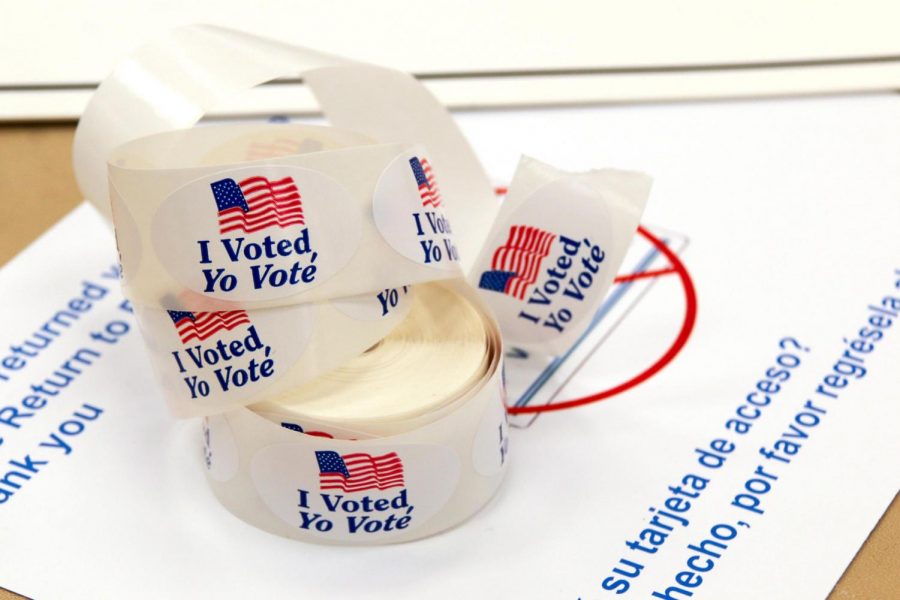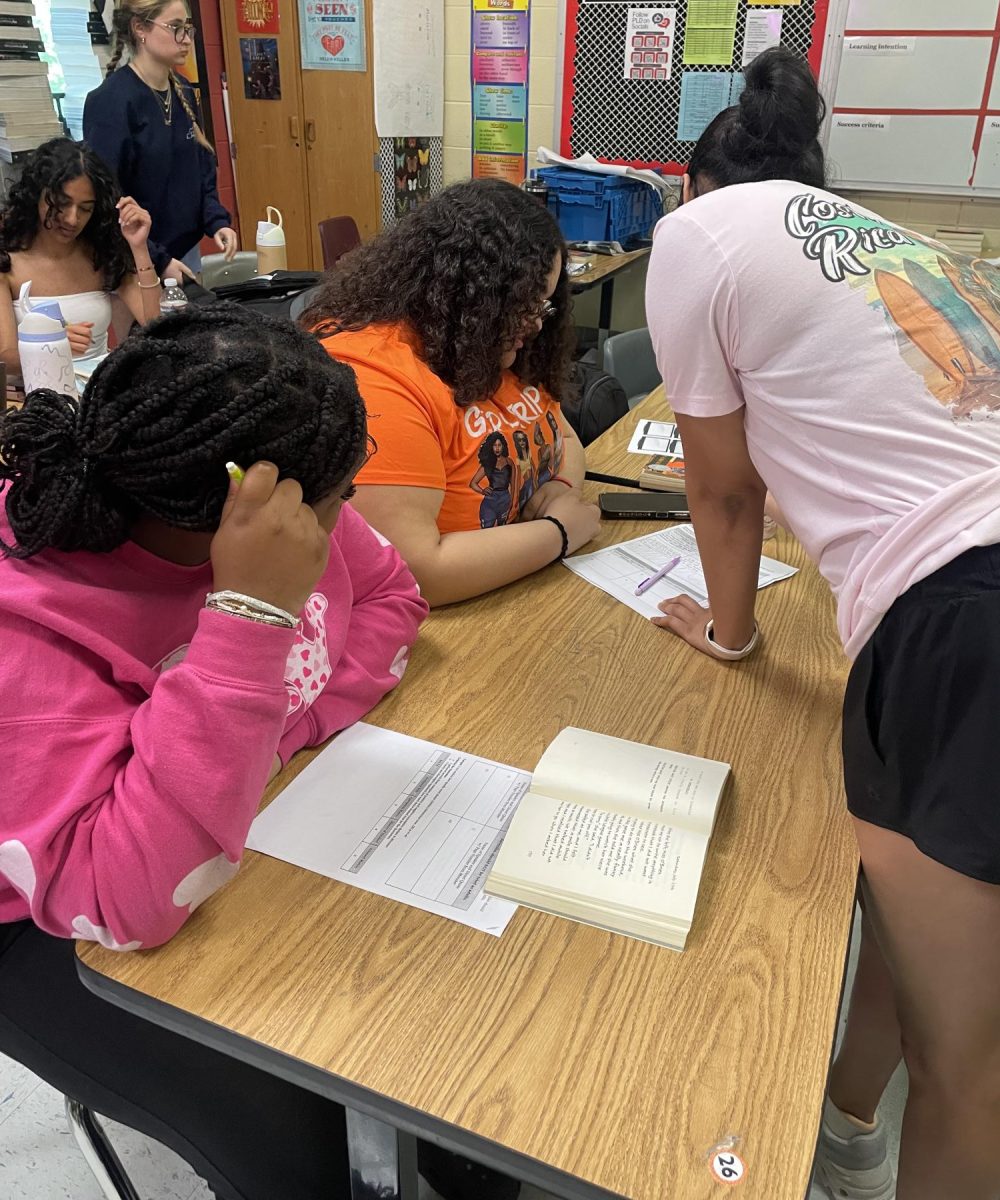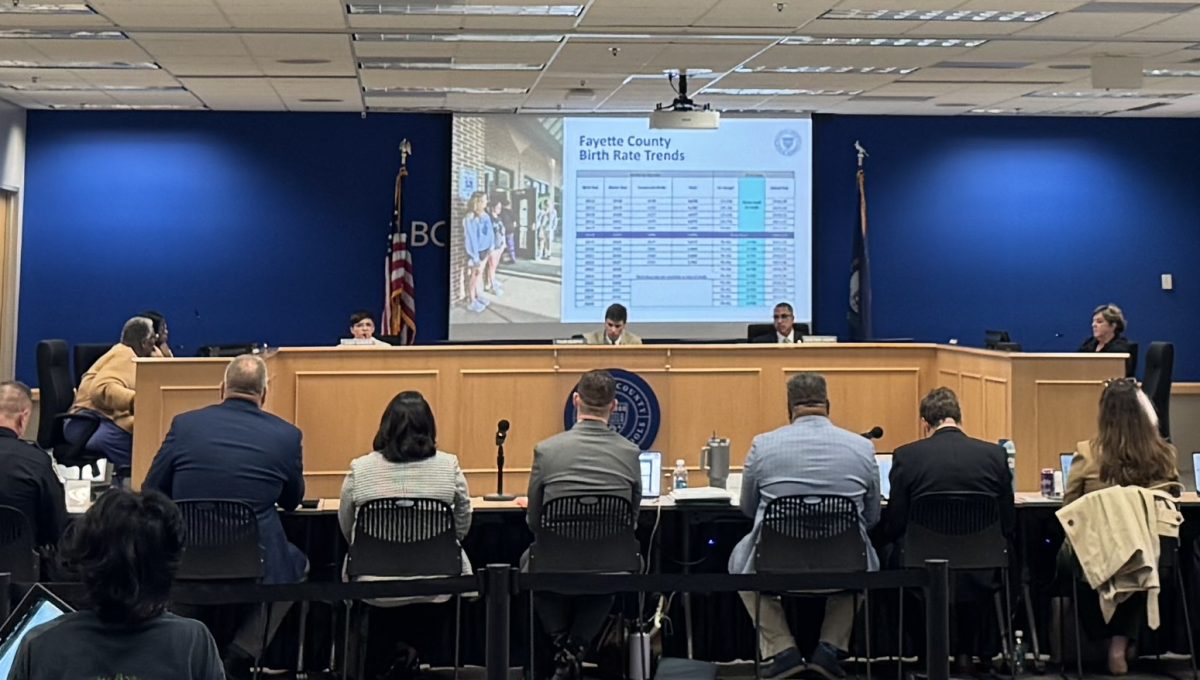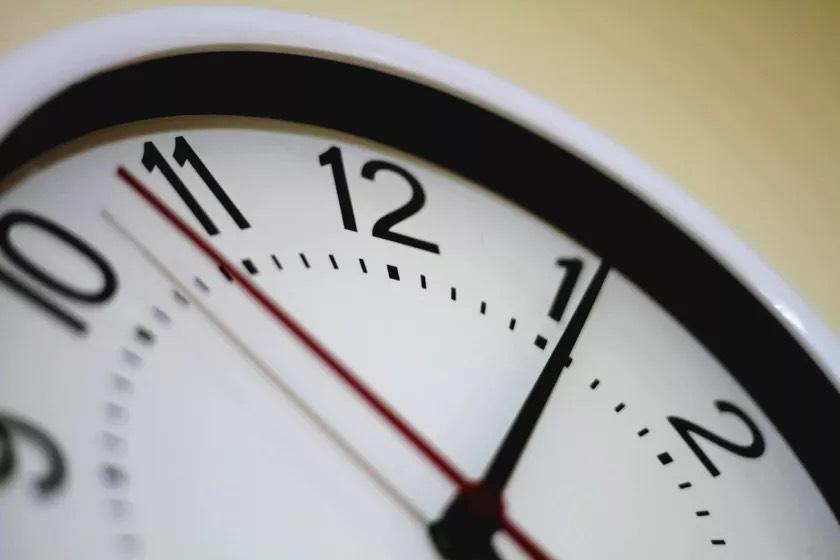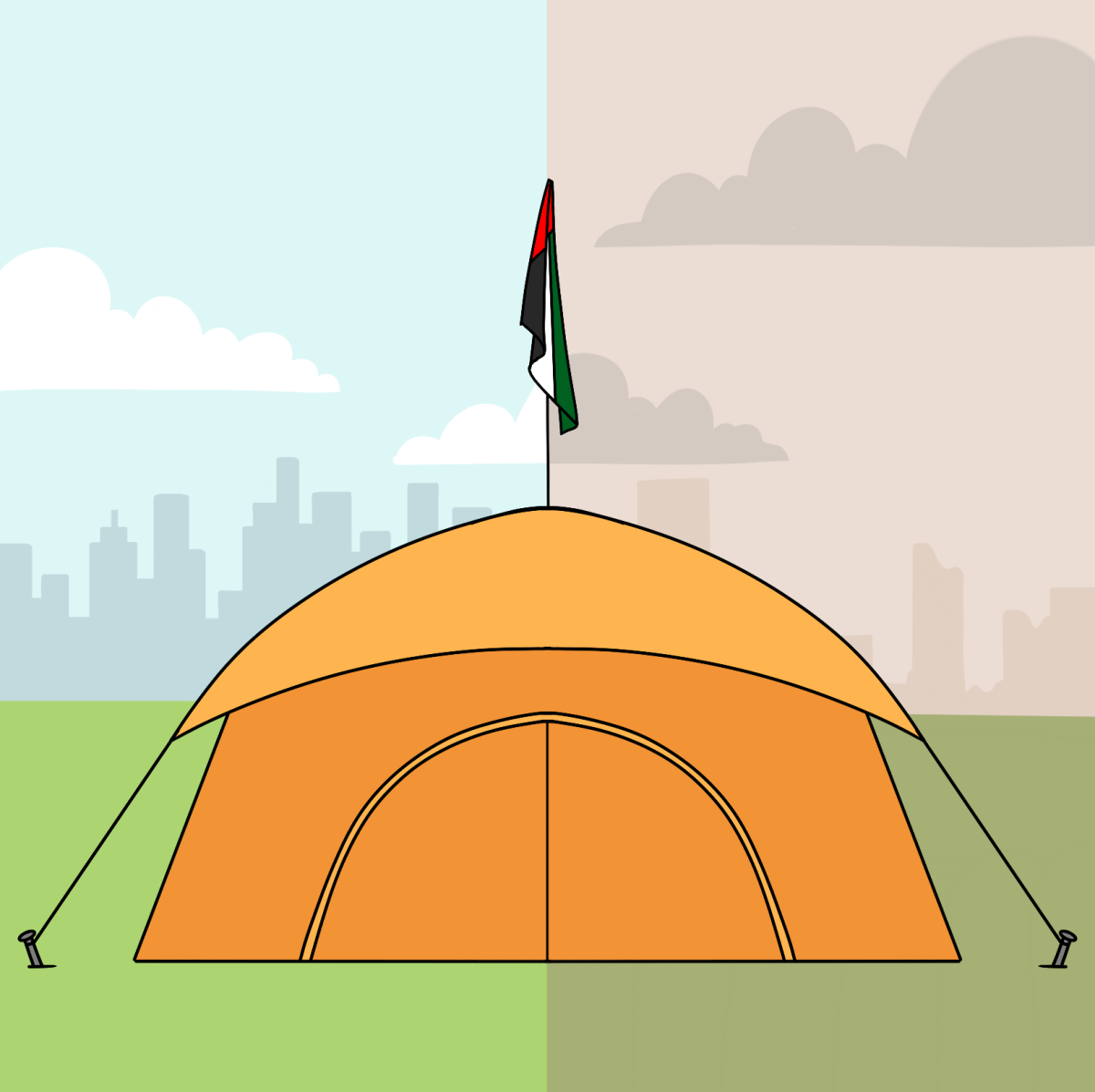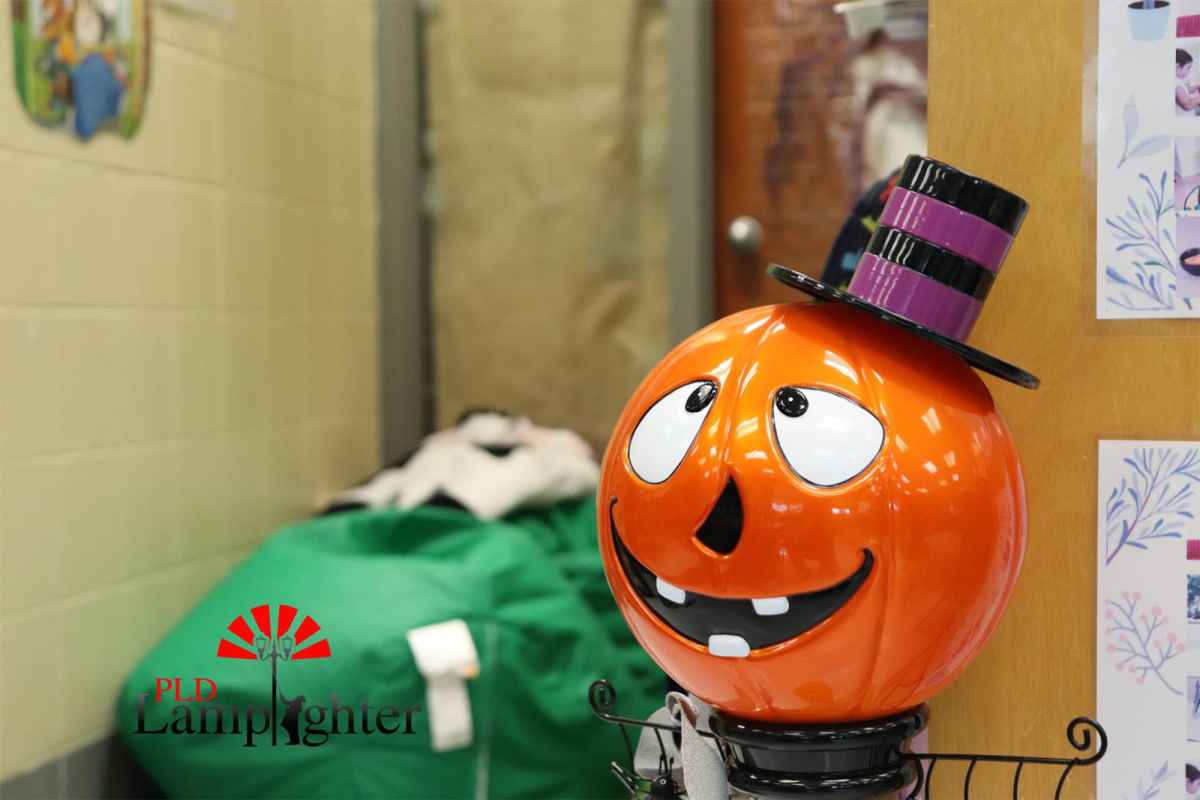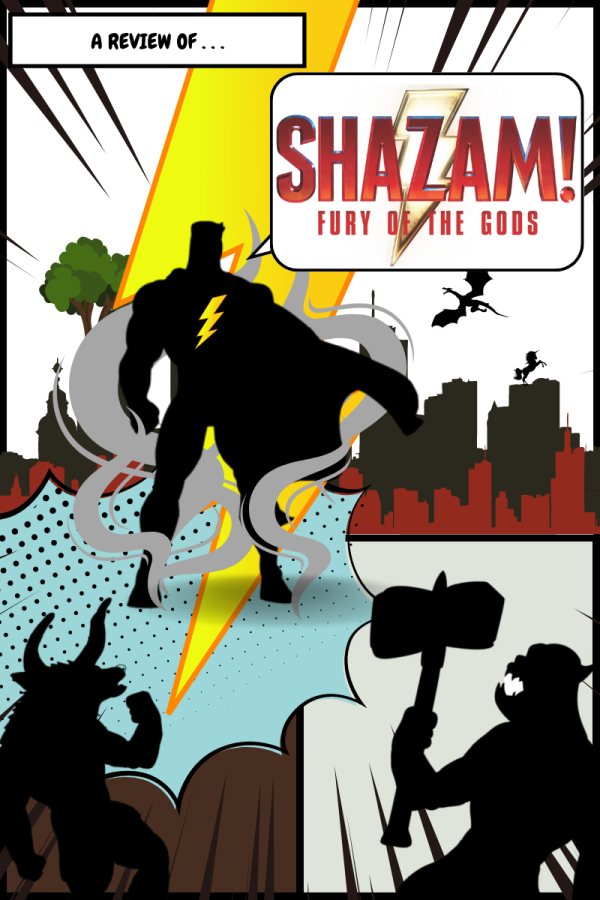Breaking our Backs
The Back Pain Basics
January 8, 2015
What do we consider when we choose a backpack?
Yeah, it has to be practical, but we also want to look good.
A backpack has to be good quality and have support, but it also needs to be affordable. And most importantly, high school students want to look cool, so they choose the bags that seem most relaxed. Unfortunately, it’s most likely that this factor causes back problems for teens.
Back pain causes countless teens to walk through school in pain, and many do not even realizing that a simple switch in bags could help reduce the pain.
“The problem with high schoolers is that they think they’re immune to serious back problems because of their age. They don’t realize that putting their spines under extreme stress can eventually cause big problems,” said Neurological Physician’s Assistant, Tali Hunt.
She said that many students are left with sore muscles and shoulders because they either ignore or underestimate the pain.
The Lightweights
We’ve all seen those girls who walk around school with a purse as a backpack and those guys who carry those little drawstring bags that obviously only hold a few papers. Even though some of us envy their ability to get by with only the bare basics, For most students, one little bag doesn’t get the job done.
And those minimizing bags aren’t good for school because if a student put everything they needed in one of these, the seams would tear, the fabric would stretch, or the tiny strings would cut into the wearer’s arms and shoulders.
The students who choose this backpack style most likely aren’t able to carry enough for a typical school day, and if they are, they’re probably extremely uncomfortable.
Shoulder Bag
Then there are the students who use shoulder bags and satchels. This type of bag can hold a lot, but are they meant to? People walking down the hallway with seem to switch from shoulder to shoulder every minute.
They might look easy to carry, but these bags put strain on one shoulder instead of spreading it over both. Senior Alexis Kessler used to have the bad habit of carrying her backpack over only one shoulder. Her physical therapist told her that carrying her backpack like that had caused her to be off balance. Because of this, Kessler explained, “I had to do shoulder exercises for a few months to even it out.”
Now, she has to keep her books in a locker to prevent further back injury, and she says that she is careful to carry her backpack safely.
Typical Backpacks
Another way to carry books is the typical backpack. This is what most students carry from class to class, and the bags range in size and weight. Some students carry them with straps loose, hanging low on their backs. Others keep them as tight as possible, carrying so many books that they look like giant turtle shells. Although this method does distribute weight between both shoulders, it still doesn’t provide the needed support.
Magnet Kids
Did someone say accordion folder? Between required classes and electives, many magnet students say that they have to carry a binder and book for each block. This means four binders and four books on average in one backpack, which can weigh close to 10 pounds.
Because of this, it isn’t rare to see not just magnets, but all students, carrying a couple binders in their arms even though their backpacks are stuffed.
MSTC students who have an extra class with zero hour carry even more weight. Junior magnet Brian Pang, said, “I went [to Shriner’s Hospital] and they looked at my back and told me I have a 20 degree curve from scoliosis.”
This type of unusual curvature in the spine is an issue that affects 2-3% of 14-18 year olds in the U.S. according to Hunt.
Although scoliosis is partially genetic, environmental conditions also play a factor.
“The doctor told me that it was basically from the way I carry my backpack” said Pang.
Other students talked about bruises, difficulty sleeping, and general back pain caused by their backpacks.Hunt explained what the ideal backpack would look like.
“Backpacks used for hiking are great because they distribute weight. They have straps across the chest and around the waist, as well as over the shoulders,” she said.
“A smaller version of these would help prevent back pain for students with a lot to carry.”

